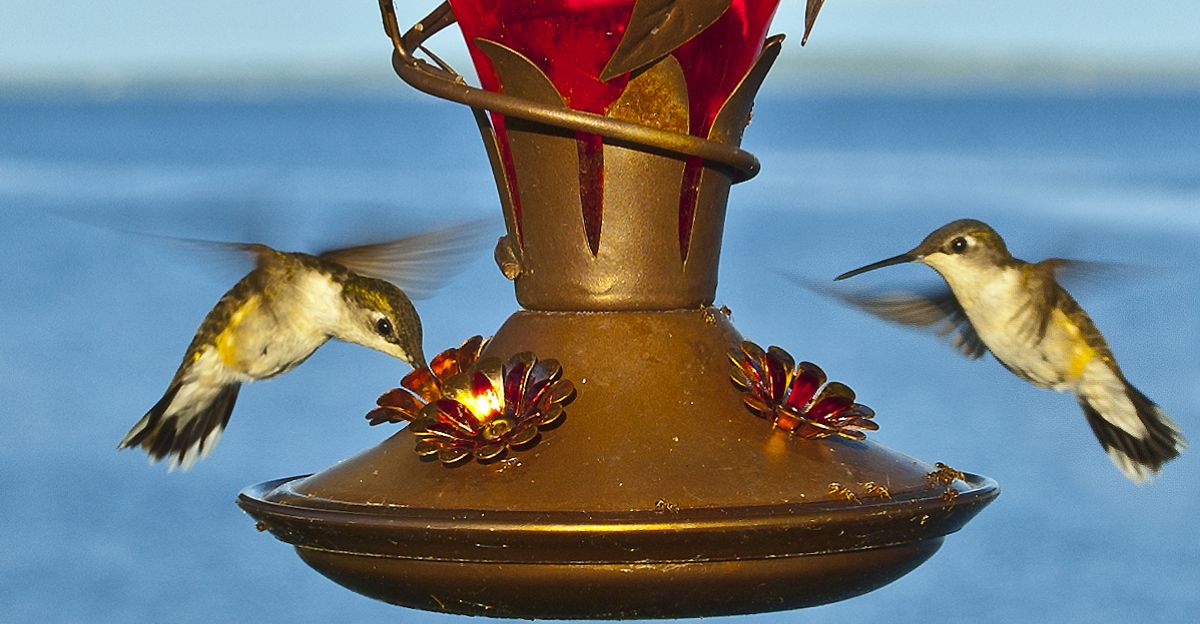
Winning a wild bird’s trust takes patience, consistency, and a touch of understanding. Birds may seem cautious, but they appreciate reliability and small gestures of kindness. By learning their habits and respecting their space, you can gradually turn curiosity into connection. These strategies can help you form a bond that brings wild birds closer to your world.
1. Scatter Food Like Nature Does
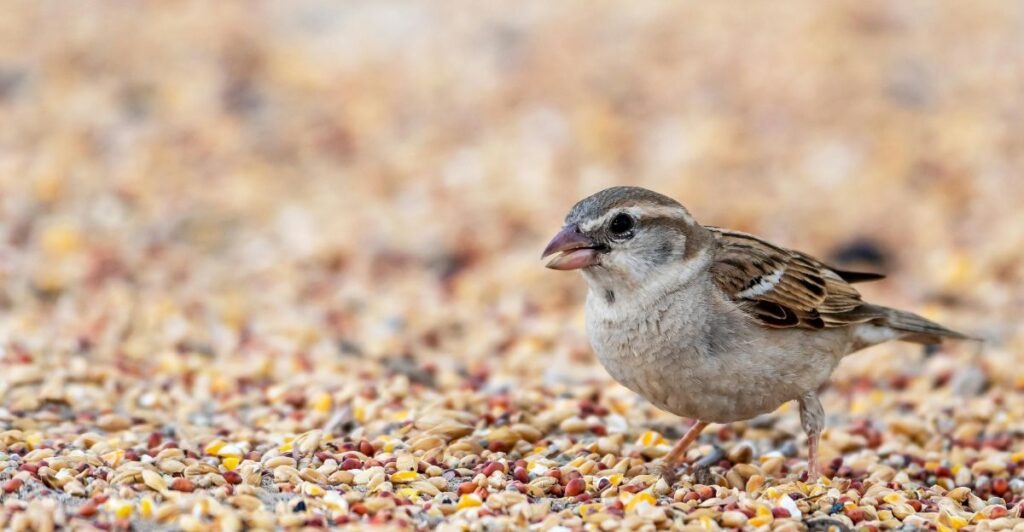
Birds love the familiar. Instead of feeders, sprinkle seeds and crumbs on the ground, rocks, or branches to mimic their natural foraging. Many songbirds, like sparrows and juncos, prefer searching this way. It’s an instinct that creates comfort and curiosity!
2. Set Up Water Features for Fun
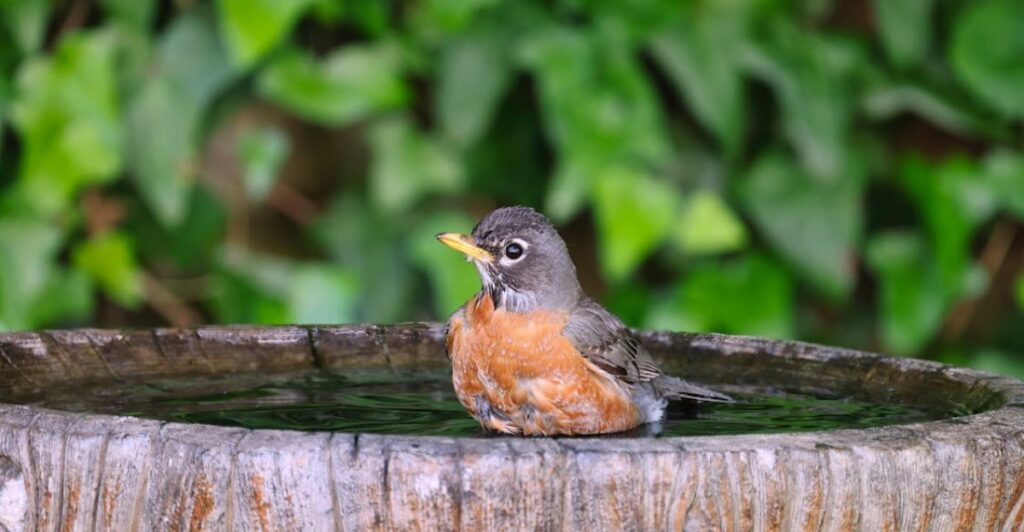
Running water grabs birds’ attention faster than still pools. Add a small fountain or dripper to your birdbath. Thrushes and robins adore splashing in motion. This playful element keeps them hydrated and happy while bringing them back daily.
3. Choose Plants That Speak Bird Language
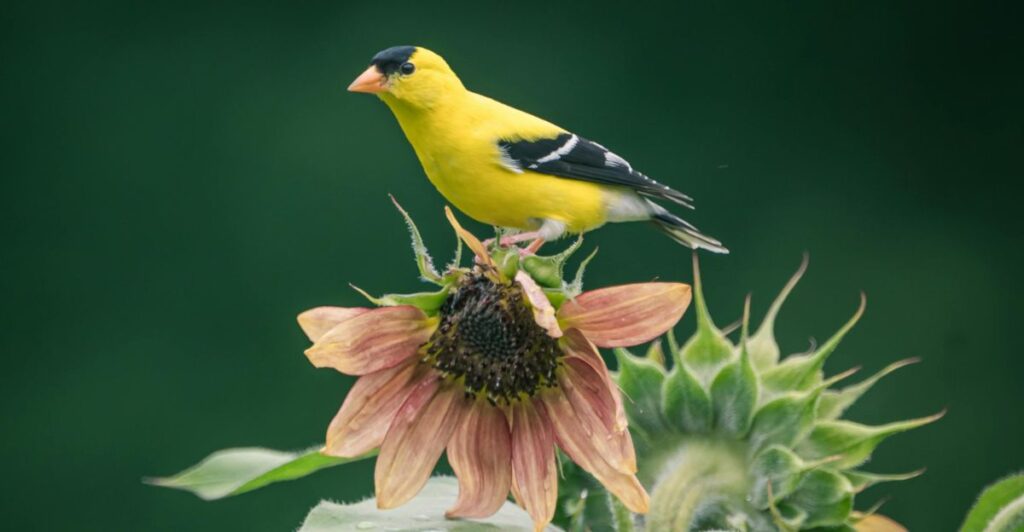
Native plants are nature’s buffet for birds. Dogwoods, sunflowers, and coneflowers yield seeds and berries loved by species, including finches and bluebirds. These plants also offer shelter from predators, which makes your yard a safe, natural paradise.
4. Use Feeders Built for Tiny Beaks
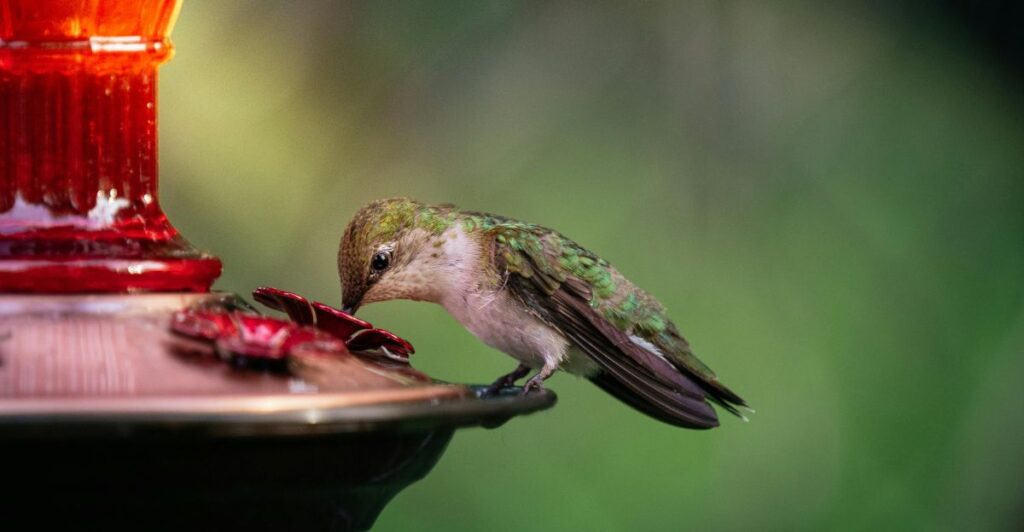
Hummingbirds sip from nectar feeders, while woodpeckers adore suet. Tube feeders, platform feeders, and suet cages all cater to specific species. Matching the feeder to local birds’ habits ensures they feel catered to—and keeps them returning.
5. Avoid Shiny, Flashy Objects Nearby
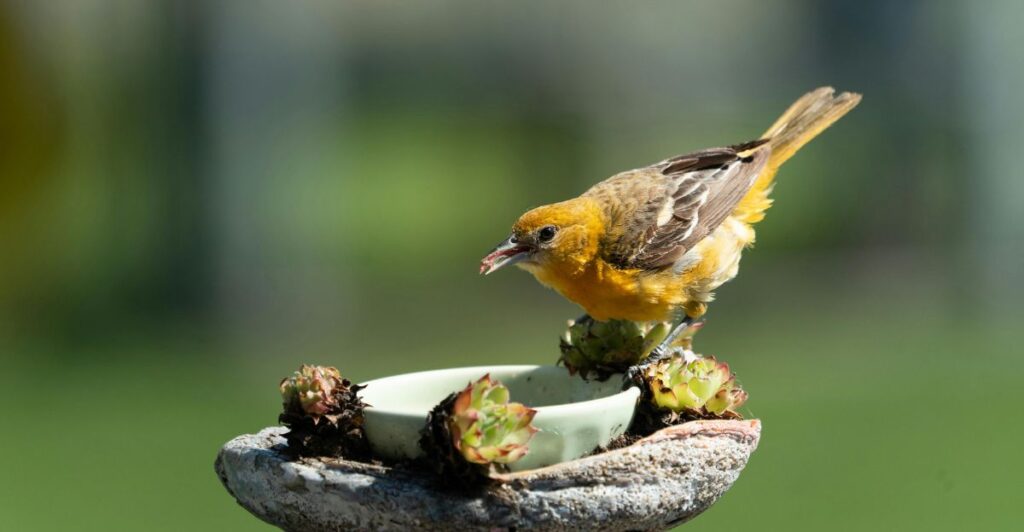
Did you know cardinals sometimes attack their reflection, mistaking it for a rival? Such reflective surfaces can confuse or alarm birds. Removing mirrors or metallic decorations eliminates stress, and a calmer setup invites trust and reduces unnecessary confrontations.
6. Add Perches Where Birds Can Rest
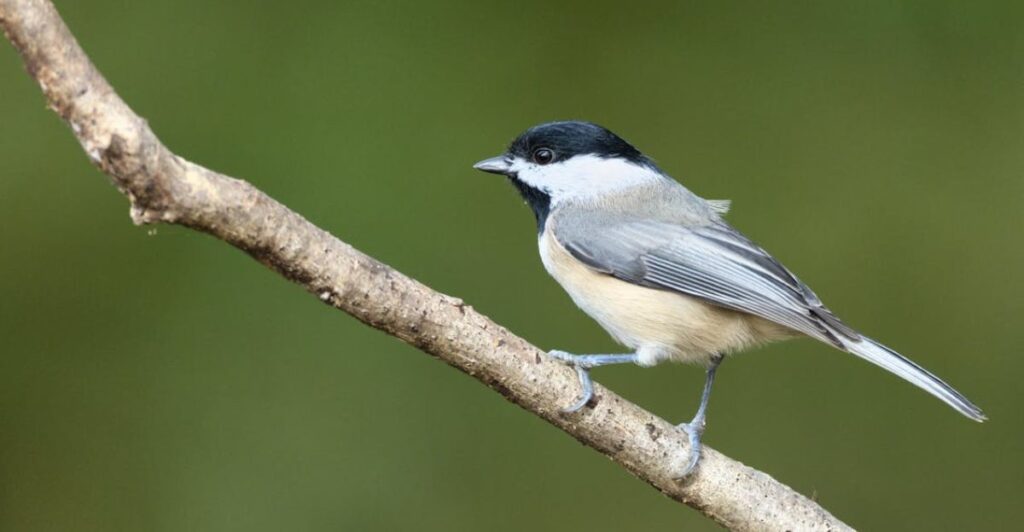
Low branches or artificial perches near food and water stations help birds relax. Chickadees and titmice often pause between flights to assess safety. A well-placed perch becomes a symbol of comfort and encourages them to linger longer.
7. Be Still While They Observe
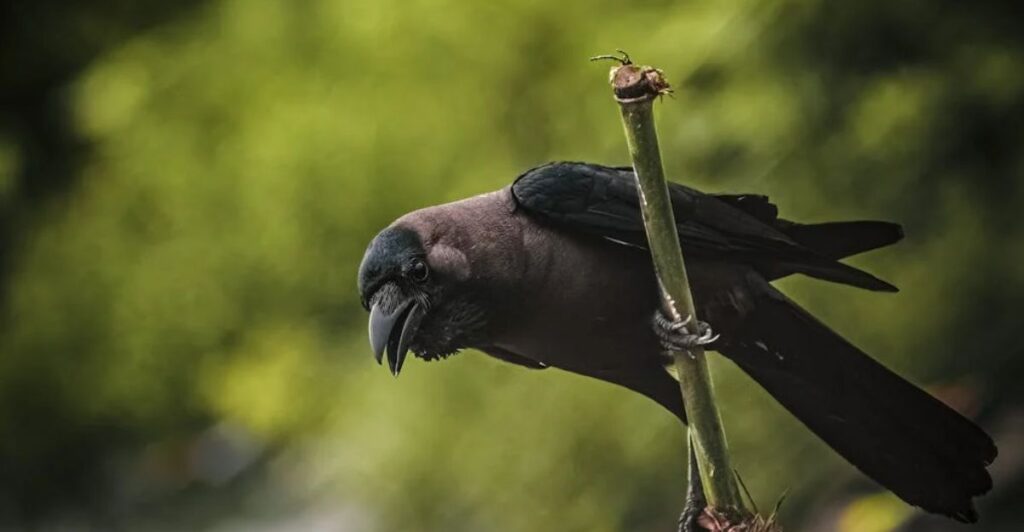
Quick movements startle even bold species like crows or magpies. Their bravery grows as your stillness speaks volumes. Stand motionless when birds visit. Over time, the fear will fade. Patience is key—trust builds when you prove that being there isn’t a concern.
8. Call Them with Soft Sounds
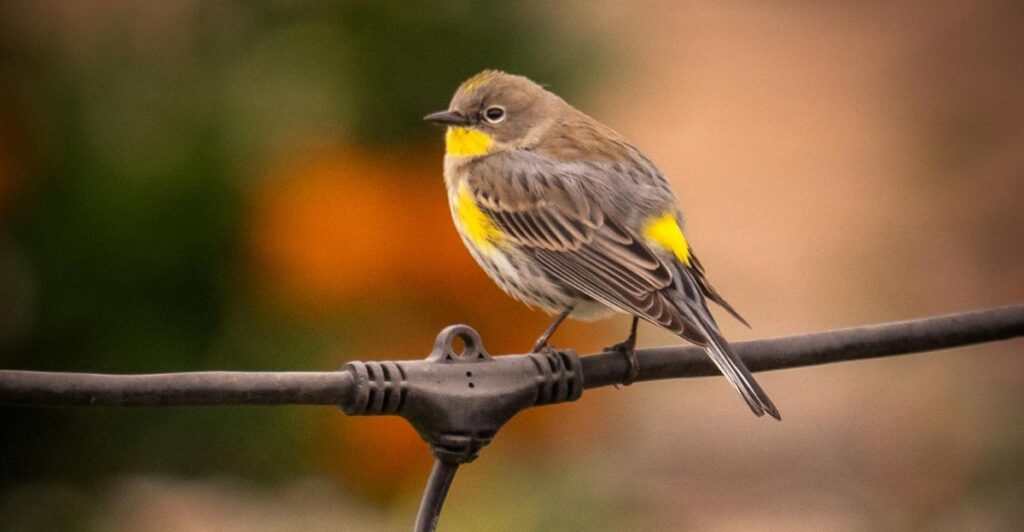
Gentle whistles mimic natural bird calls, piquing curiosity. Birds like warblers and chickadees often respond to familiar tones. Thus, avoid loud or abrupt noises; think melody, not alarm. This subtle communication hints at safety and piques their natural inquisitiveness.
9. Stay Consistent with Your Visits
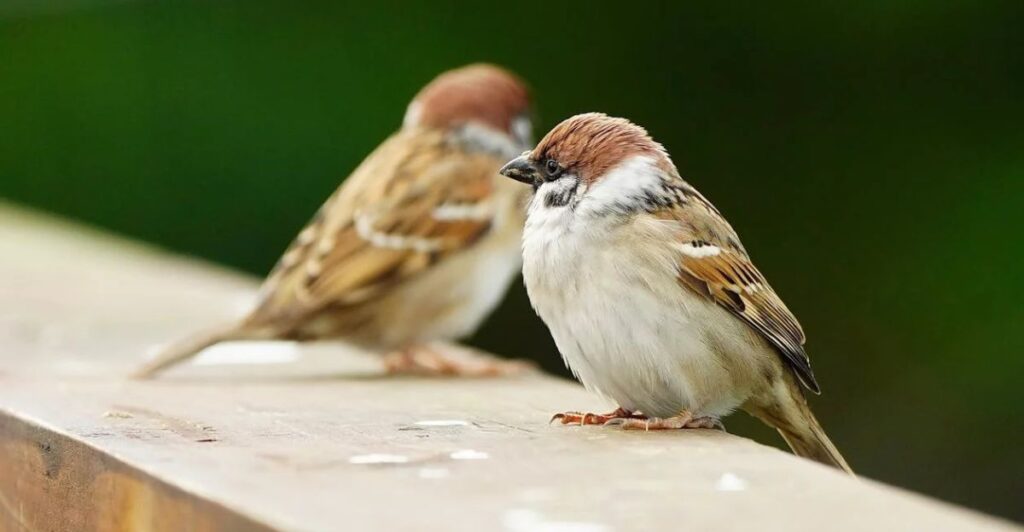
Birds respond to consistency. When you place food or refill water at the same time daily, sparrows and robins begin to trust you. Over time, they see your presence as a sign of safety. Keeping a steady routine helps you build a lasting bond with them.
10. Create Cozy Shelters in Quiet Corners
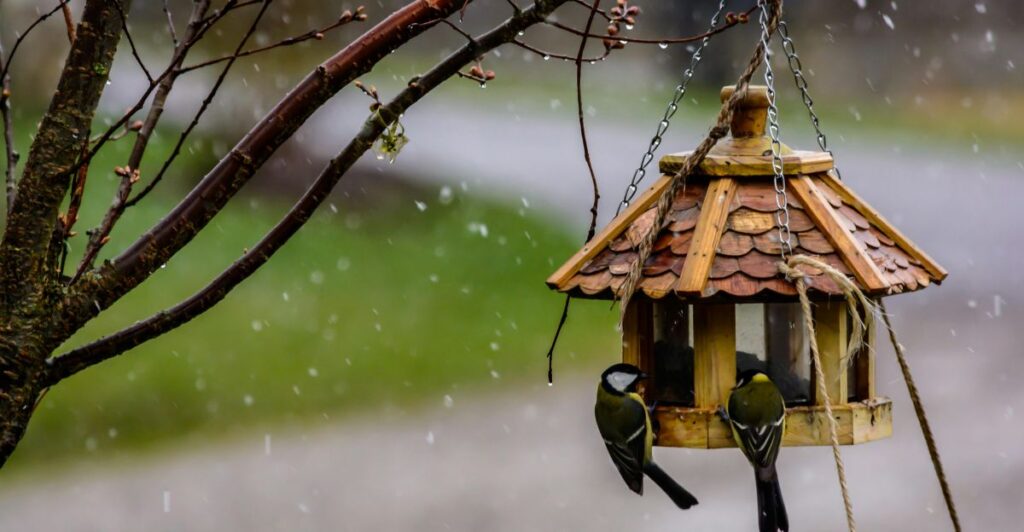
Birdhouses tucked in shaded spots become ideal nesting areas. A wren might use it to raise her chicks, while swallows prefer open-front options. Keep it predator-free, and you’ll foster generations of visitors while growing their trust year-round.
11. Serve Food That Changes with the Seasons
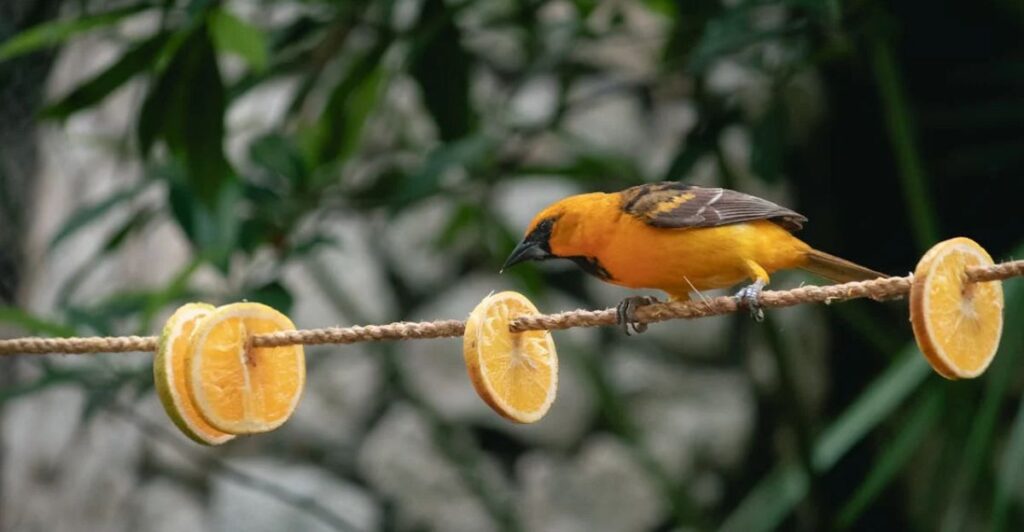
Birds’ needs change with the seasons. In warmer months, orioles flock to fresh fruits like oranges. When temperatures drop, chickadees need fat-heavy suet for energy. Offering seasonal treats supports their survival and shows your commitment to their well-being year-round.
12. Plant Colorful Blooms to Draw Them In
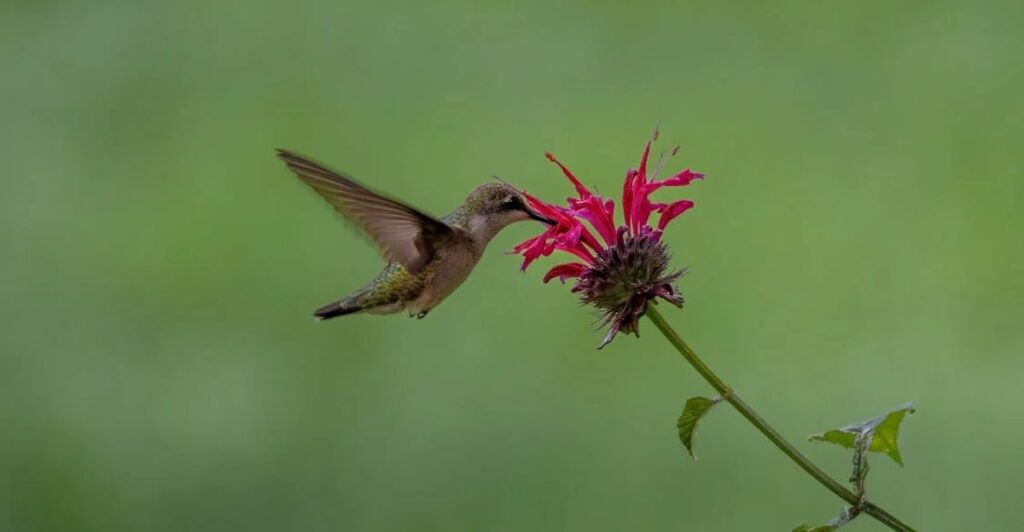
Bright flowers such as trumpet vines or bee balm attract nectar-loving species like hummingbirds. The visual allure invites birds to explore further. Bonus: Pollinators like bees and butterflies tag along, which makes outdoor spaces an ecosystem teeming with life.
Stay connected with us for more stories like this! Follow us to get the latest updates or hit the Follow button at the top of this article, and let us know what you think by leaving your feedback below. We’d love to hear from you!







